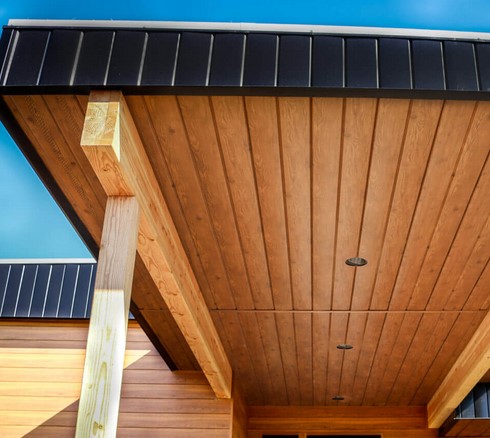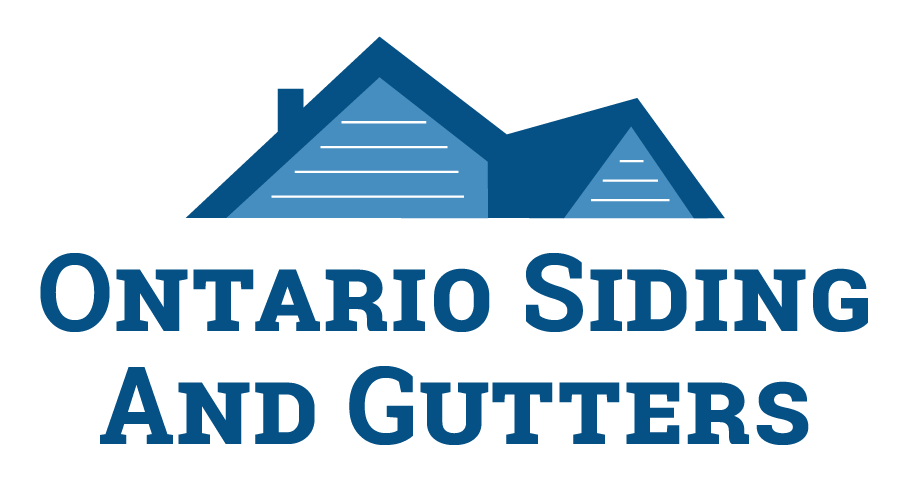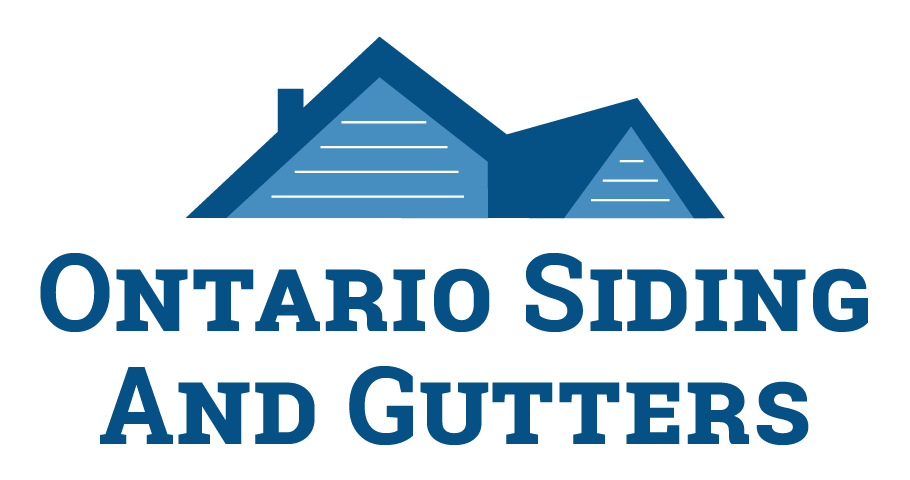Aluminum Soffit
To maintain a healthy and energy-efficient house, proper ventilation is required. For venting roof structures and finishing overhangs and porches, building professionals prefer aluminum soffit.
Premium grade aluminum’s strength, performance, and aesthetic appeal are combined in metal soffits. Aluminum is a dependable, low-maintenance material for your home since, unlike wood, it doesn’t rot and it also has fire and insect resistance. You can pick from solid and vented alternatives in a range of complementary and harmonizing colors with tough finishes.
As solid panels, lanced panels, or perforated panels, metal soffits are offered in a variety of colors to match buildings. Their premade lengths are cut to match overhang depths, are typically 16 to 24 inches wide, and are 12 feet long. They are then fitted into corresponding, performed receiving channels to hold them in place.
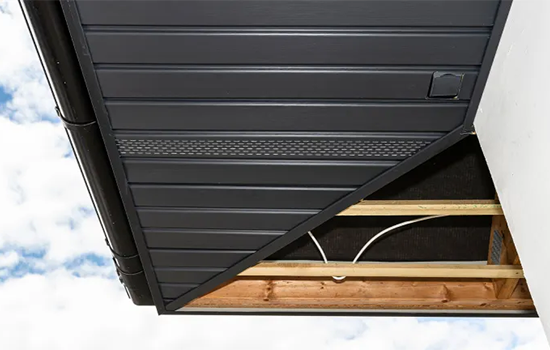

Vented Soffit
Many design decisions that are made while building or remodeling a home are simply based on personal taste and style. Smart home design must have perforated soffit panels, of course! For exterior home design, vented soffit panels are a wise choice.
Vented soffit panels improve airflow in the attic because of the tiny perforations. On the other hand, solid soffit panels effectively close off the attic space from outside air, resulting in trapped and stale air inside. For a variety of reasons, attics require ventilation, and having stagnant air build up in this little area can result in a number of issues.
Plain Soffit
If you’re searching for a cost-effective roofline solution that will last a long time, the Plain Soffit Board is an option.
Soffit Boards are available in plain and vented varieties, as well as a reasonably priced hollow variant with an effect similar to tongue-and-groove wood siding. Soffit does not support loads. The soffit and soffit panels play such important roles in keeping your roof safe from many risks that they should always be one of the top priorities when planning for a new roof design.
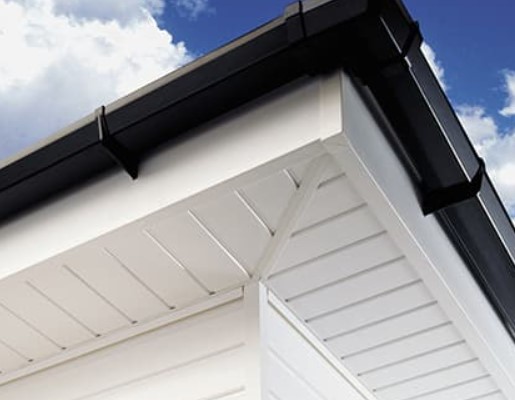
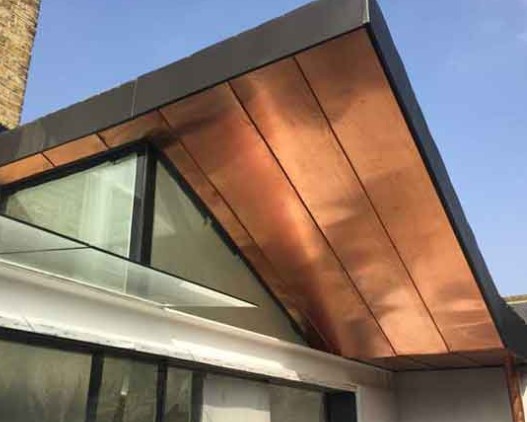
Copper Soffit
For generations, roofs have been covered with copper, a natural material. Some copper roofs from medieval structures and churches still stand today. As durability and energy efficiency become more and more important considerations in building design and renovation, copper is quickly growing in popularity as a material for both commercial and residential buildings.
Soffits are a component of the fascia, which is the junction of the building’s side walls and roof projection.
Wood Soffit
Soffits made of wood are a distinctive choice for both homeowners and contractors. Wood soffit, however, might also bit a lot of upkeep. When exposed to the elements, it is prone to deteriorate, necessitating expensive repairs or replacement. Additionally, it is prone to insect infestation.
Every few years, the wood soffit needs to be scraped, cleaned, or stained to help prevent deterioration and maintain its finest appearance. In terms of both initial purchase price and ongoing maintenance expenditures, wood has a tendency to be fairly pricey.
